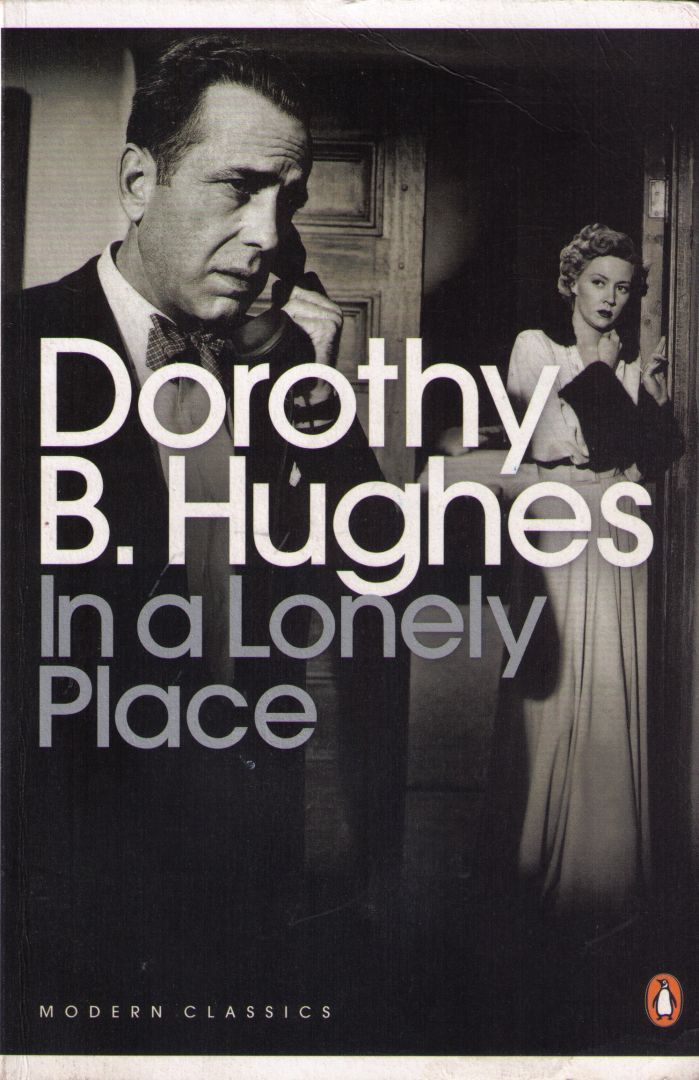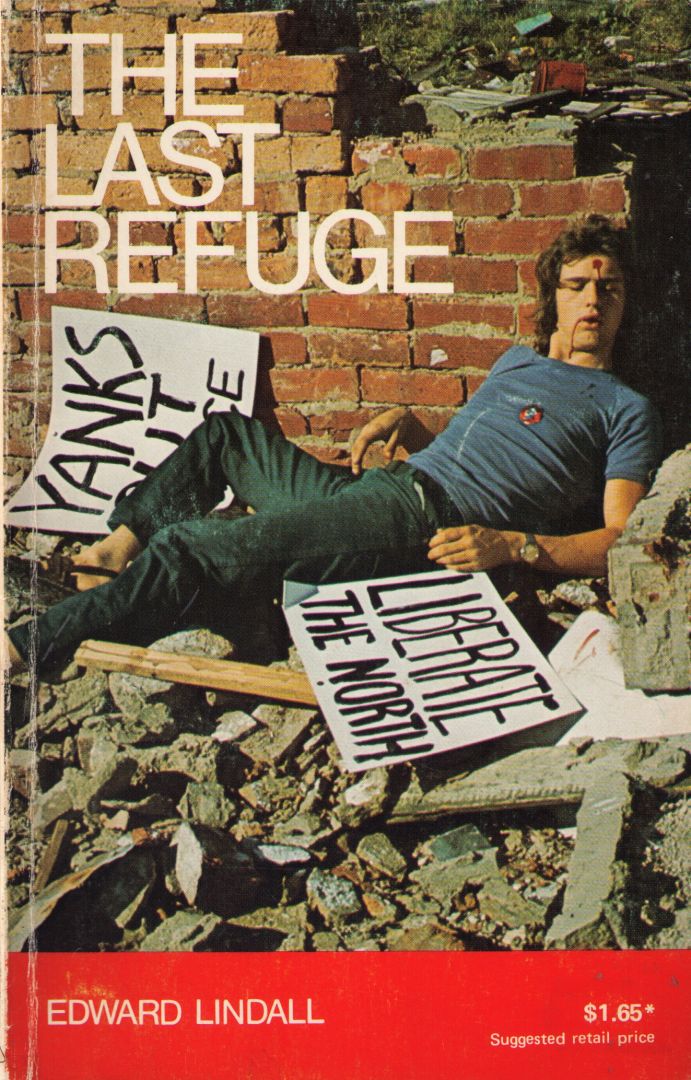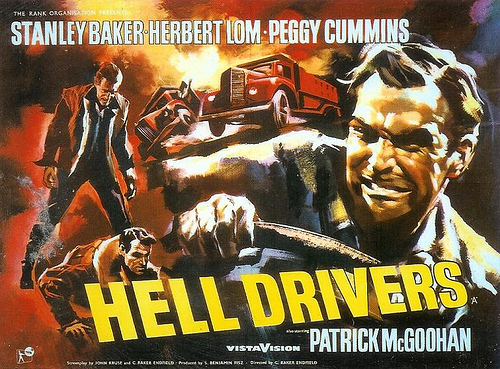 One of my favourite classic film noirs, without doubt, is Nicholas Ray’s 1950 masterpiece In A Lonely Place.
One of my favourite classic film noirs, without doubt, is Nicholas Ray’s 1950 masterpiece In A Lonely Place.
It’s a taunt, claustrophobic film that works on a very emotional level for me, much more so than most classic noirs I can think of, a devastating story about the artistic process of writing and one of the few period noirs that casts a critical eye on male violence. No matter how many times I’ve seen it, I always end up with a knot in my stomach from on-screen tension.
Dix Steele (Humphrey Bogart) is a cynical screenwriter on the verge of being washed up. He also has a very violent streak to his personality that’s obviously got him into trouble many times. His agent gives him a chance for a comeback, a gig adapting a novel into a screenplay for a director well known for his popular mainstream fare. Exactly the type of film Dix hates.
His self-sabotaging distain for the job is evident when he discovers the hatcheck girl at the nightclub he’s spent the evening in has read the book he’s been asked to adapt. He invites her back to his apartment for her take about the tome. His worst suspicions about the job confirmed, he sends the girls on her way with taxi fare and goes to bed.… Read more























